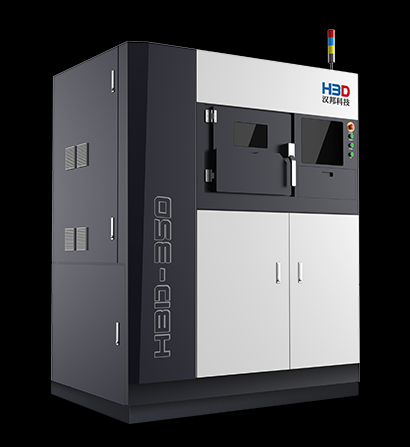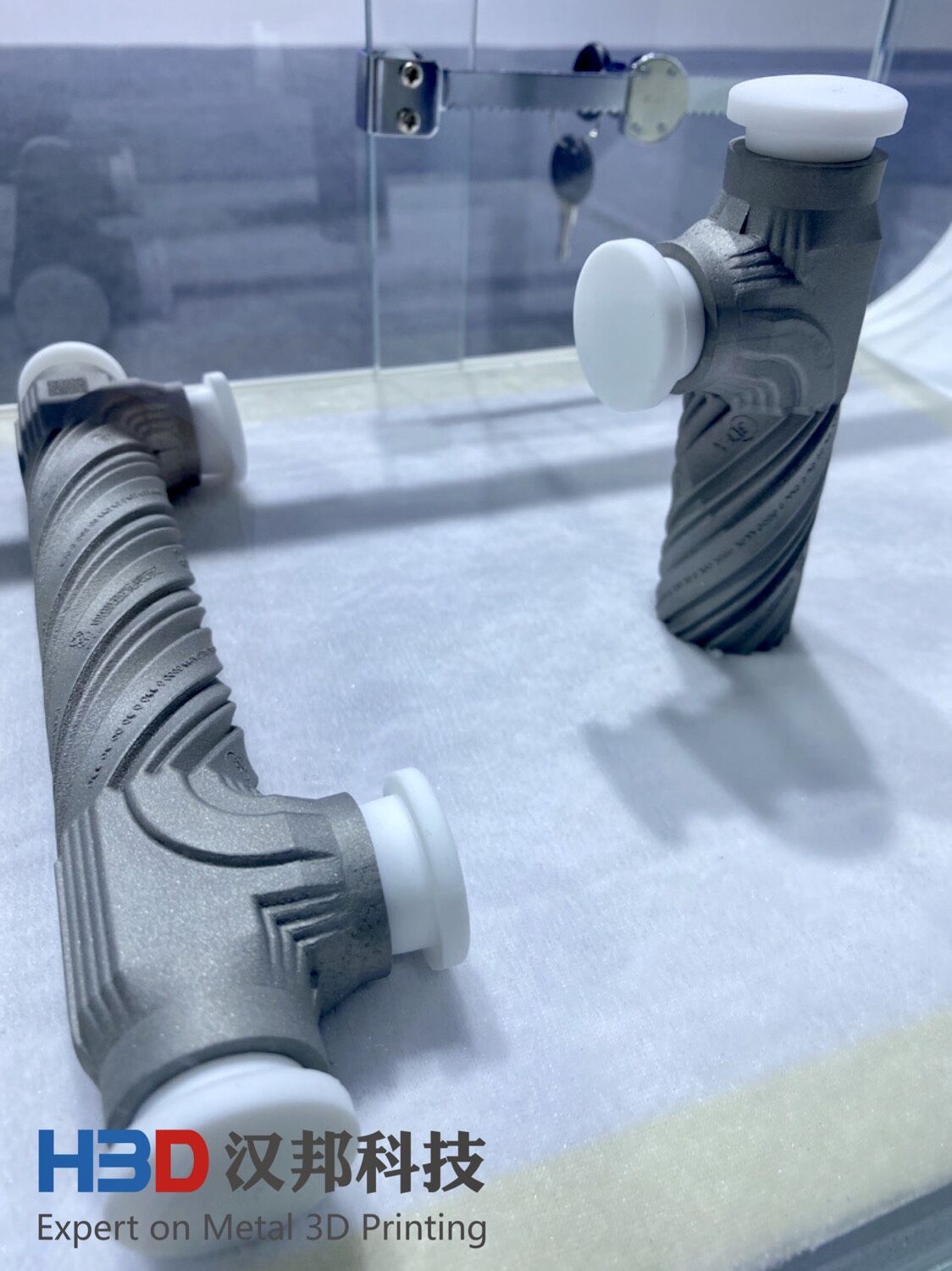Chinese metal 3D printer manufacturer HBD engaged in a joint research and development project with the Nuclear Power Institute China (NPIC) and Laser Pulse, a local metal 3D printing equipment manufacturer for the nuclear energy segment, to develop the customized HBD-350 specifically for nuclear power generation applications. The parts were on display at the ongoing TCT Asia AM industry show.
The machine was fine-tuned to meet the strict performance and reliability requirements of products in the nuclear energy field. The machine has successfully passed acceptance tests and fully meets the application requirements of nuclear energy. It was used to produce a large and complex heat exchanger component. Compared with conventional heat exchange equipment, the metal 3D printed modular high-efficiency heat exchanger reduces the weight, volume, number of parts, and manufacturing cycle by more than 90%, with manufacturing costs reduced by more than 50%.
Heat management is a fundamental and very relevant challenge for efficiently running nuclear power plants.
Manufacturing on Demand
AM in China’s nuclear
The China National Nuclear Corporation (CNNC), a subsidiary of the Nuclear Power Institute China (NPIC) first integrated indirectly 3D printed parts in nuclear reactors in 2016, when it successfully 3D printed a lower tube socket for the CAP1400 pressurized water reactor fuel assembly. This marked the very first time that 3D printing was used to construct nuclear fuel elements in China, CNNC said in a statement.
The CAP1400 is an enlarged version of the Westinghouse AP1000 pressurized water reactor. China has said the development of the plant is one of 16 strategic projects under its National Science and Technology Development Plan. The CAP1400 is intended to be deployed in large numbers across the country and may also be exported.

State-owned CNNC said the assemblies in a nuclear reactor are cell structures that consist of cylindrical fuel rods and complex metal parts that keep the rods in place. The various parts require high-precision manufacturing, something that has traditionally made it an expensive task. However, CNNC found these parts could be mass-produced using 3D printed molding tools, greatly shortening the product development cycle, improving productivity and significantly reducing costs.
At the time, the use of 3D printed parts was still in the pre-acceptance phase and the parts underwent extensive testing. The 3D printer CNNC used was developed and produced by Bright Laser Technologies of Xian city, the capital of Shaanxi province in central China. CNNC also signed an agreement with NanFang Additive Manufacturing Technology Company, setting up a collaboration with CNNC subsidiaries China Nuclear Power Institute and China Nuclear Power Engineering Company for the development of 3D printing technologies. CNNC assistant general manager Li Xiaoming said at the time that 3D printing would revolutionize nuclear-power equipment design and manufacturing.
* This article is reprinted from 3D Printing Media Network. If you are involved in infringement, please contact us to delete it.
Author: Davide Sher


Leave A Comment